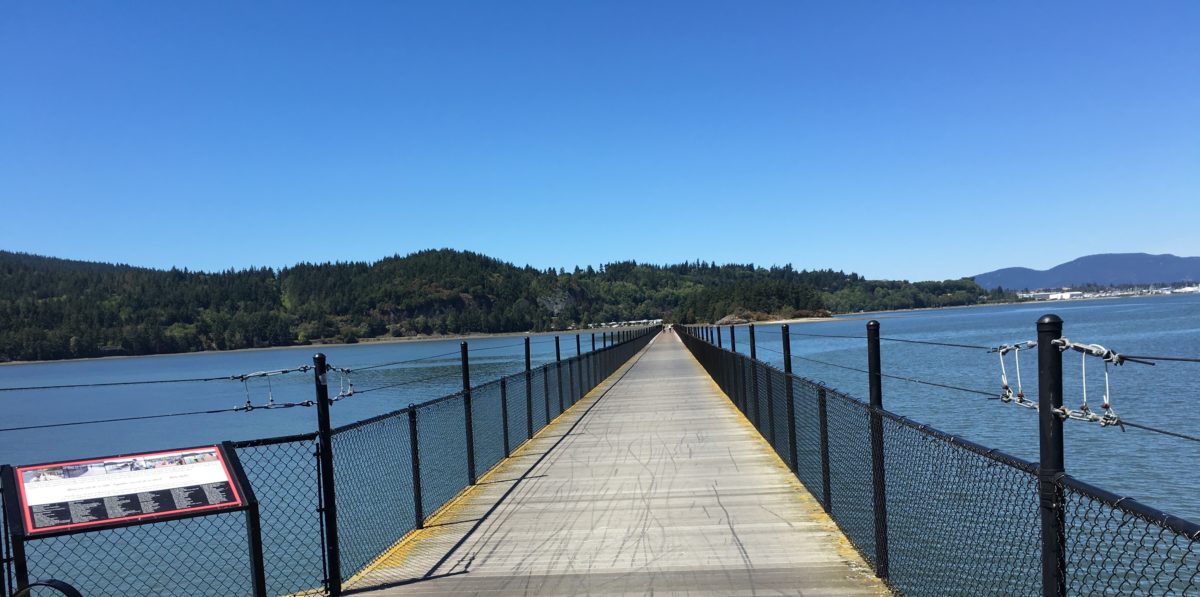Introduction
I took a day trip from San Miguel de Tucuman, Provincia Tucuman, Argentina to visit is Ruinas de los Indios Quilmes (RIQ). The Quilmes lived in northwestern Argentina, and were part of the Diaguita group indigenous to the area. Only about 10 percent of the ruins have been restored. This post will be about my trip and the sights to be seen at RIQ. The Quilmes will be discussed in passing to provide a background for the reader, but if the reader wants to know more about the Quilmes, the reader should consult other resources. The post is divided into the following sections:
- Trip to the Ruina de los Indios Quilmes
- Background on the Quilmes
- Ruinas de los Quilmes
- Important Points to learn from the Quilmes
Most of the post will be from photos taken during my trip to visit QIR Comments will be provided for each photo.
Trip to the Ruinas de los Indios Quilmes
QIR is about 182 kilometers (113 miles) from San Miguel de Tucuman. The trip passes through the foothills of the Andes reaching an altitude of almost 10,000. During the trip you pass through subtropical forests and semi arid deserts. Twelve hours should be allowed for this trip. I was picked up at my hotel at 7:30 AM in the morning, and returned about 6:30 PM. Maps below show the route from San Miguel de Tucuman to QIR and return.





Background on the Quilmes Indians
Ruinas de Quilmes are in the Amaicha Valley across the mountains from San Miguel de Tucuman. This is a long semi arid valley. About 5,000 people resided the area starting about 850 AD. For almost 100 years prior to the arrival on the Spaniards, about 1530, the Quilmes fiercely fought the Incas who came south from Peru. It is not entirely clear to me if the Incas ever completely conquered the Quilmes. However, a few years prior to the arrival of the Spaniards, the tour guide at the ruins told be that the Incas had left the area. It took about 130 years for the Spaniards to conquer the Quilmes in 1667. It is hard to believe that the Spaniards had so much trouble conquering the Quilmes. My guess is that the Spaniards just did not devote the resources needed to conquer the Quilmes. If they could conquer the Incas, they could surely conquer the Quilmes. Again my hunch is that when it finally became important to the Spaniards, they devoted the resources necessary to complete the conquest.

About 2,000 people were still residing at the site of the ruins when they were conquered. At that point they were marched 1,500 kilometers to the south and resettled south of Buenos Aires and area named Quilmes. During the 1,500 mile march, many of the Quilmes died. I think the main things to remember about the Quilmes are:
- They lived in the area of the Ruinas de Quilmes for about 800 years starting about 850 AD,
- They were fiercely independent and fought long wars with the Incas for 100 years prior to the arrival of the Spaniards in 1530,
- They fought with the Spaniards for over 130 years before being conquered in 1667, and
- In the end the Quilmes were resettled by force to a city south of Buenos Aires. Hundreds died during during the forced march.
The Ruinas de los Indios Quilmes
The ruins are located at an altitude of about 2,000 meters (6,500 + feet) elevation. The ruins were rediscovered about 1890. Work was started to restore the ruins in 1978. My tour guide told me that only about 10 % of the ruins have been restored. Satellite pictures of both the general area of the ruins and the restored areas are shown below.


Photos from my visit to Ruinas de Los Indios Quilmes












Conclusion
I did not know anything about the Quilmes prior to my visit to San Miguel de Tucuman. I think this was the most interesting part of the visit. RIQ is just not on the same scale of Machu Picchu (home of the ruler of the Incas). What I did learn today was a better appreciation of how large the Inca Kingdom really was, the will the the Quilmes to maintain their freedom from both the Incas and Spaniards, and how in the end they were hauled away as slaves. It is a great story of the struggles of one of the many indian tribes in South American to maintain their independence for over 800 years.

